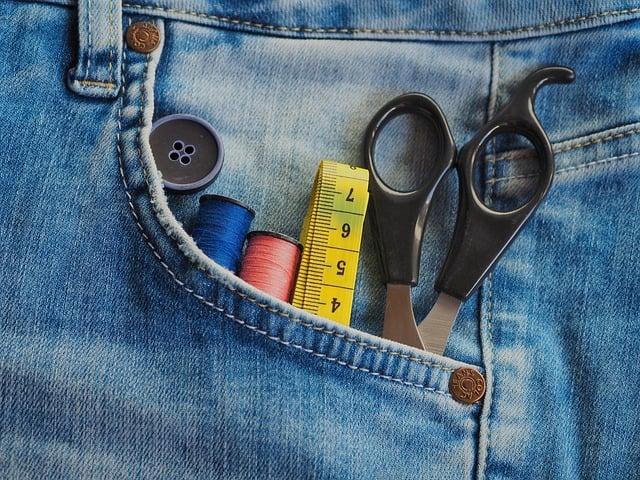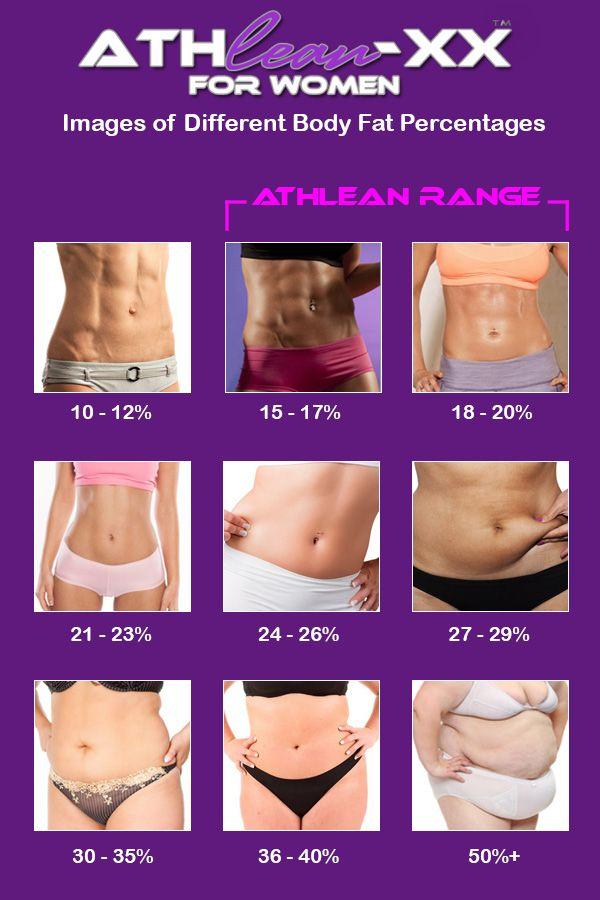Achieving and maintaining a healthy body composition is a cornerstone of effective weight management, and understanding your body fat percentage is crucial in this journey. In the pursuit of weight loss, many individuals focus solely on the scale, overlooking the significance of body fat measurement. This oversight can lead to frustration and misinformed strategies. Fortunately, with advancements in technology and methodology, accurately assessing body fat at home has become more accessible than ever. This article will guide you through reliable techniques to measure body fat, empowering you with the knowledge to make informed decisions about your health and fitness goals. Whether you’re just starting your weight loss journey or looking to optimize your current regimen, understanding how to measure body fat accurately at home is an essential skill that will serve as a foundation for your success.
Understanding the Importance of Body Fat Percentage in Weight Loss
In the journey of weight loss, understanding your body fat percentage is crucial as it offers a clearer picture of your health compared to merely tracking weight. While the scale tells you how much you weigh, it doesn’t differentiate between muscle, fat, and water. Monitoring body fat percentage helps in assessing whether your weight loss efforts are resulting in fat loss or muscle depletion, which is vital for maintaining a healthy metabolism.
- Accuracy Over Weight: Unlike body weight, body fat percentage provides insight into your body composition, helping you set more targeted fitness goals.
- Tailored Health Plans: Knowing your body fat percentage allows for more personalized diet and exercise plans, which can lead to more effective and sustainable weight loss.
- Health Risk Indicator: High body fat percentage is often associated with increased risk of diseases such as heart disease and diabetes, making it an important health metric to monitor.
By focusing on reducing body fat rather than just shedding pounds, you ensure that your weight loss journey enhances your overall health and well-being.

Choosing the Right Tools for Accurate Body Fat Measurement at Home
When embarking on a weight loss journey, accurately gauging body fat is crucial to track progress effectively. Fortunately, a variety of tools are available for home use, each with its unique benefits and limitations. Understanding these options can help you make an informed decision.
- Body Fat Scales: These devices use bioelectrical impedance analysis (BIA) to estimate body fat percentage. While they are easy to use and provide quick results, their accuracy can be influenced by factors like hydration levels and recent food intake.
- Calipers: Skinfold calipers offer a hands-on approach by measuring the thickness of skin folds at specific body points. Although this method requires practice to master, it can be quite accurate when performed correctly.
- Smartphone Apps: Several apps use photographic analysis to estimate body fat. While convenient, these apps should be used with caution as their accuracy can vary significantly.
Each of these tools offers a different balance of convenience and precision. Selecting the right one depends on your personal preferences, budget, and how much detail you want in your measurements. Consider experimenting with a combination of methods to cross-verify results for the most reliable insight into your body composition.
Step-by-Step Guide to Measuring Body Fat with Calipers and Scales
When embarking on your journey to measure body fat at home, two of the most accessible tools at your disposal are calipers and scales. While scales can give you a general idea of your weight, calipers provide a more precise measure of body fat percentage. Here’s how to use each effectively:
- Using Calipers: Start by selecting a reliable set of skinfold calipers. Identify key measurement sites such as the tricep, abdomen, and thigh. Pinch the skinfold firmly and measure the thickness with the calipers. Record each measurement and use a body fat calculator or chart to estimate your overall body fat percentage.
- Using Scales: Opt for a scale with body fat measurement capabilities, often using bioelectrical impedance. Step onto the scale with bare feet, ensuring proper contact. The scale will send a safe electrical current through your body to estimate fat percentage. For consistent results, measure at the same time each day, preferably in the morning.
By combining these methods, you can track changes in body composition over time, aiding your weight loss efforts with more precision and insight.

Interpreting Results and Setting Realistic Weight Loss Goals
Understanding your body fat measurements is crucial in crafting a successful weight loss journey. Once you have your measurements, it’s important to analyze them critically. Body fat percentage provides a clearer picture than just weight, as it distinguishes between fat mass and lean mass. This differentiation allows for a more tailored approach to your health goals. Aim to keep your expectations grounded in reality; a healthy rate of fat loss is typically between 0.5% to 1% of your body weight per week.
- Assess Progress Regularly: Reevaluate your body fat percentage every few weeks to ensure your strategy is effective.
- Set Incremental Goals: Break down your ultimate target into smaller, achievable milestones to maintain motivation.
- Consider Lifestyle Changes: Incorporate sustainable changes in diet and exercise rather than quick fixes.
- Stay Informed: Educate yourself on the factors influencing body composition and adapt your plan as needed.
Balancing ambition with practicality is key. Strive for progress, not perfection, and remember that the journey to a healthier body is a marathon, not a sprint.
